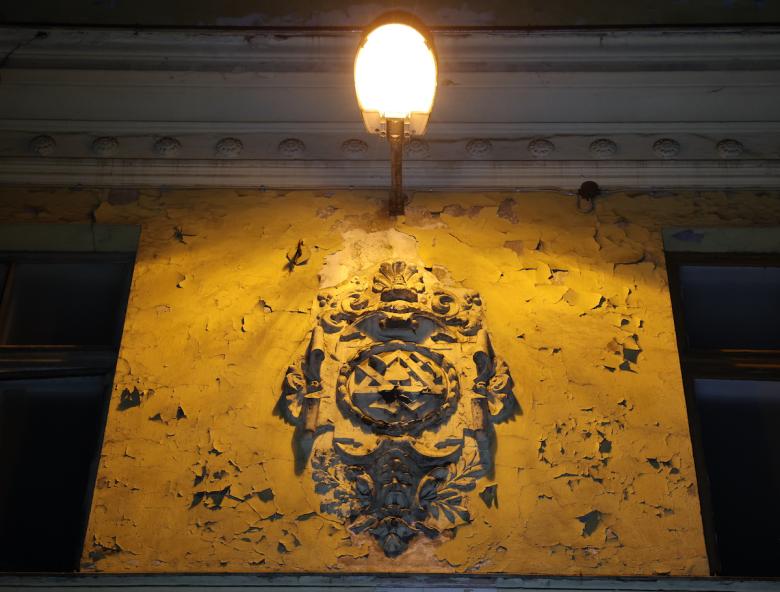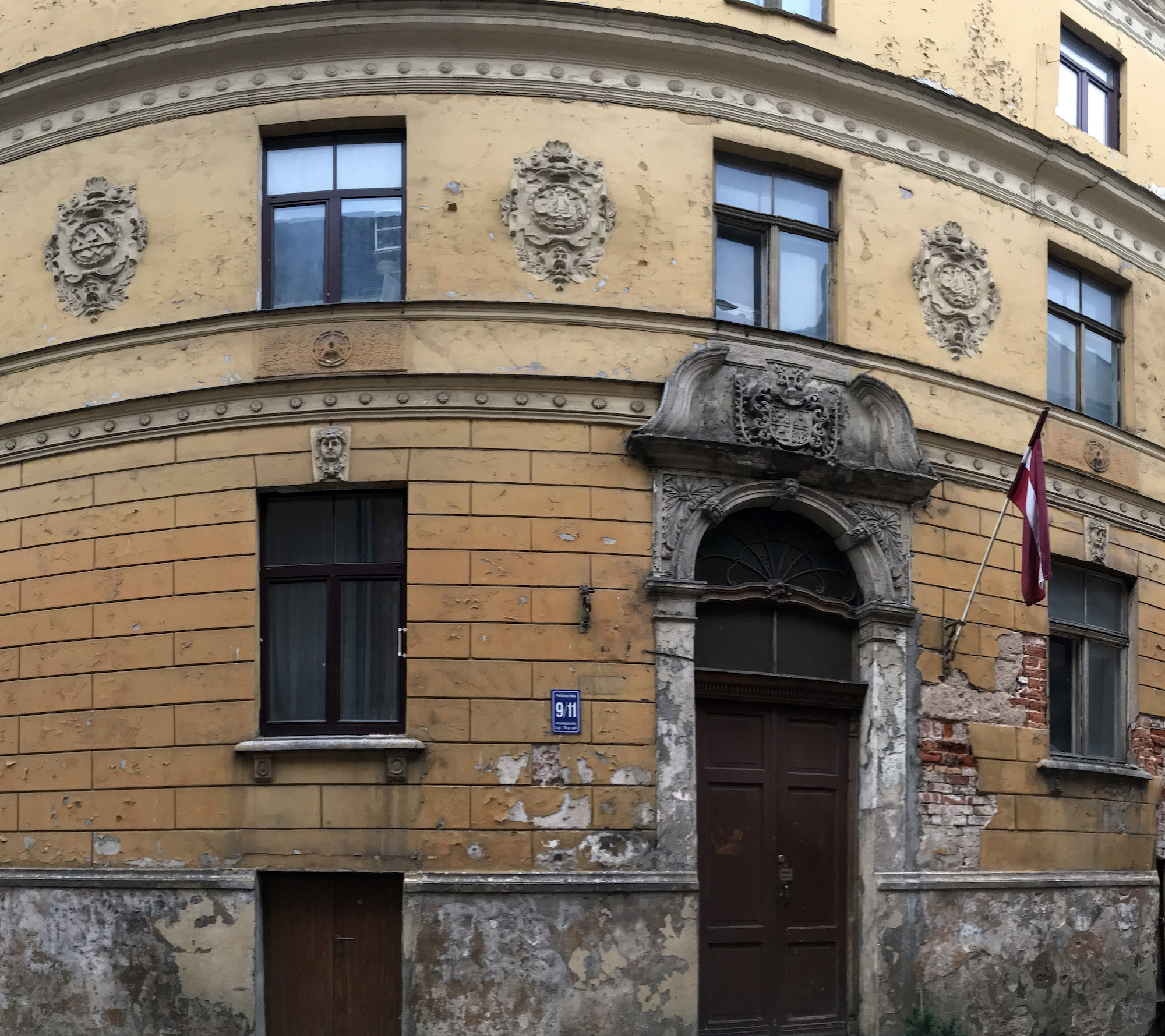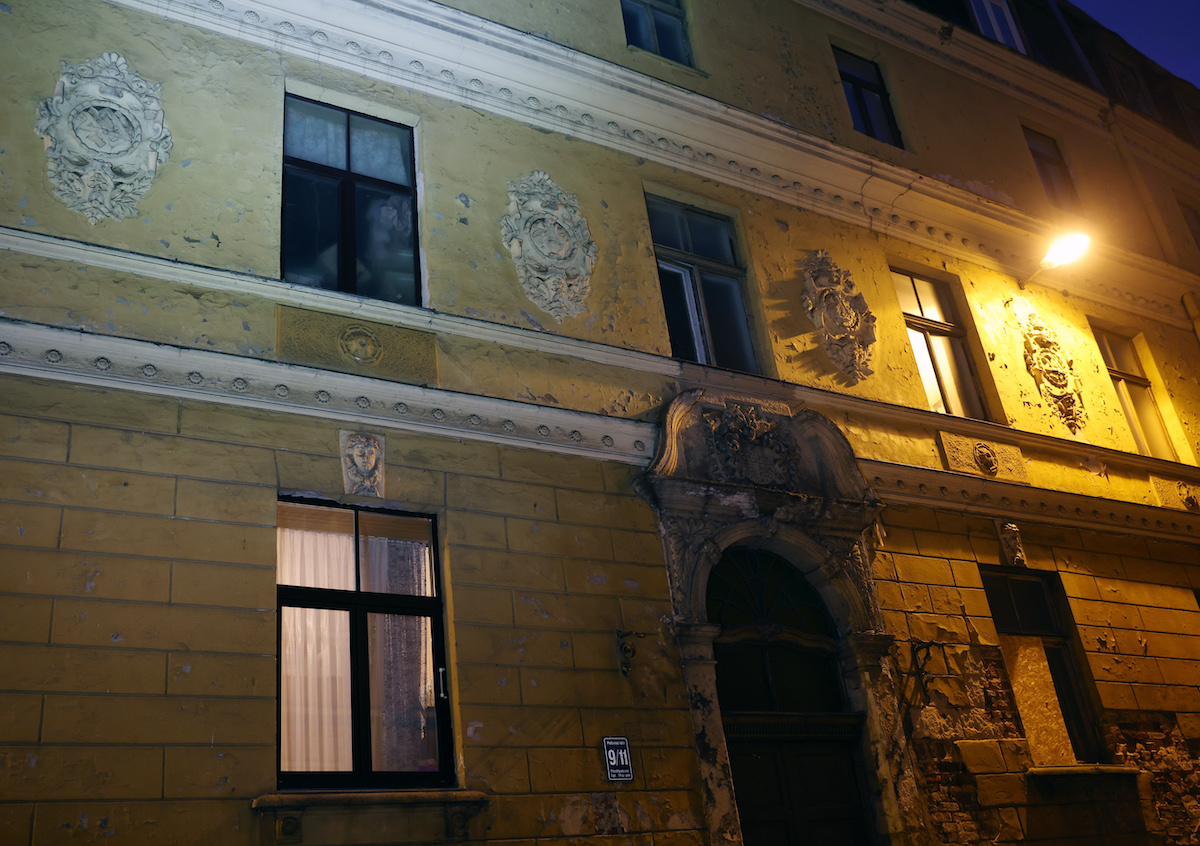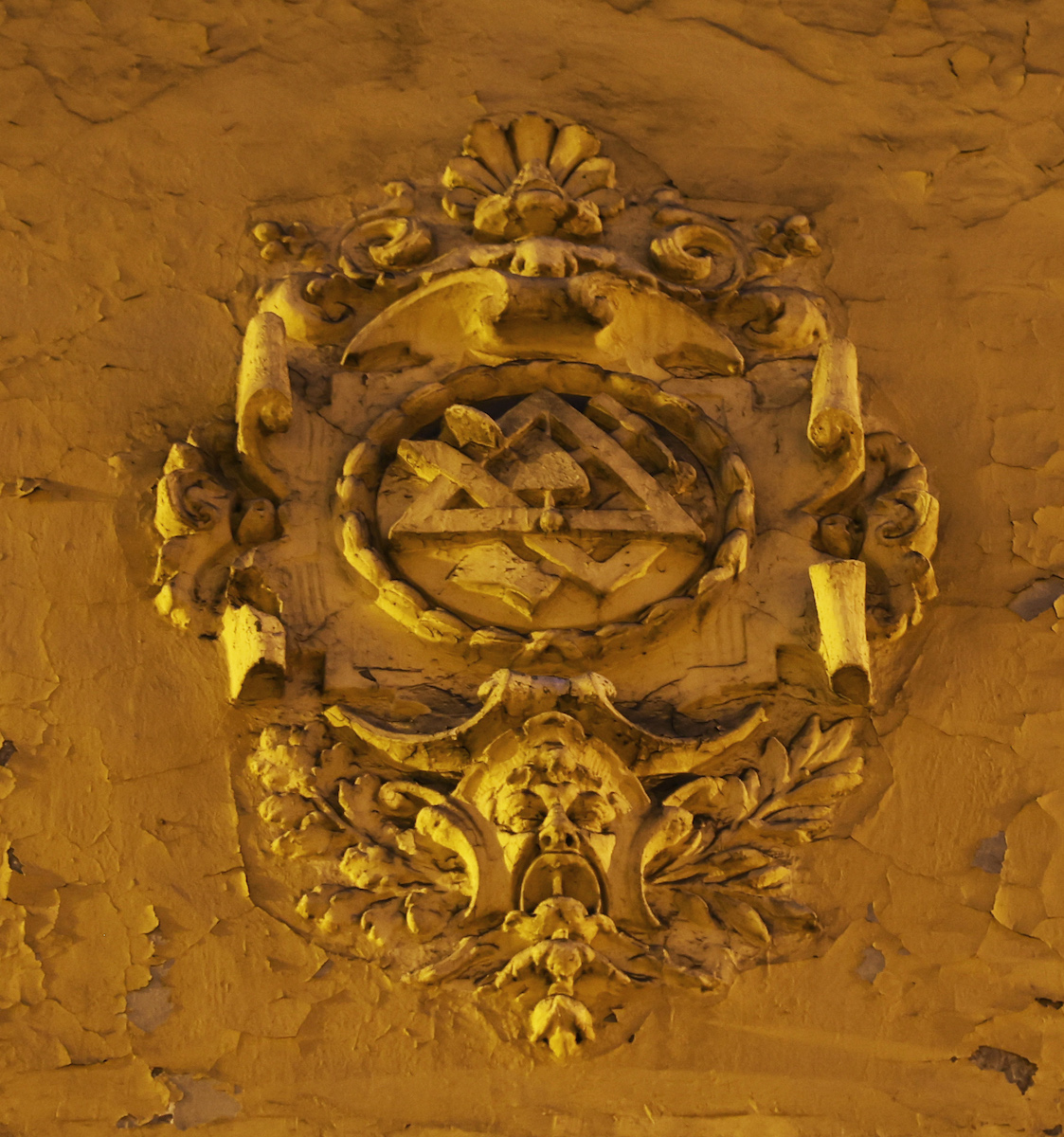Freemasonry and the heritage of Latvia. First address: Riga, 9/11 Peitavas Street


Some of our latest news
Freemasonry and the heritage of Latvia. First address: Riga, 9/11 Peitavas Street
The Museum of the History of World Freemasonry appeared in Riga for a reason: there are many locations in Latvia, that are connected with Freemasonry. The most important one is probably the house at 9/11 Peitavas Street. It was here that the first lodge in Riga was founded in 1750 - it was called "Northern Star" (Zum Nordstern /Ziemeļzvaigzne).

This is probably the only address where the Masonic signs on the building correspond to the content of the building. In other cases, the circles, angles and cufflinks on the facades are simply decorative elements to signify the work of the architects. Unfortunately, the building on Peitavas Street is now in a very poor condition, with only one residential flat left, the rest of the space has been empty for several years and is deteriorating at a rapid pace.

This building was built for the co-founder and master of the first Masonic lodge in Latvia - merchant Johann Zuckerbecker. He lived here, and also the lodge's works took place in this very building. The second co-founder of the lodge - Johann Dietrich von der Heyde, was also a merchant from Riga.
The very foundation of the first lodge in Riga very clearly demonstrates its international status, integrating different traditions. Johann Dietrich von der Heyde and Johann Zuckerbecker were initiated in St. Petersburg by the son of Baron Malhan, a Danish minister at the Imperial Court of Russia and a member of the «Northern Star Lodge», which was already flourishing at that time in Copenhagen. That is why the founders of the first lodge of Riga gave it this name.
It is believed that the idea of founding the lodge came from the Grand Master of the Russian Provincial Lodge, General James Keith, who lived in Riga until 1747. James Keith (1696-1758) was the Second Grand Master of Free and Accepted Masons in the Russian Empire and Prussia from 1740. He was a Scottish nobleman exiled for supporting the Jacobites. As a general in the Russian army, he participated in Russia's war against Sweden (1741-1743), carried out diplomatic assignments in Sweden (1743-1744), and later commanded Russian army troops in Tallinn and Riga (1745-1747).
The first Latvian lodges were mainly composed of the German intellectual elite: aristocrats, diplomats, barons, wealthy merchants, teachers, lawyers, writers, priests. Importantly, the lodge accepted both Protestants, Catholics and Orthodox Christians. Also the famous German educator and theologian Johann Gottfried Herder was admitted to the "Northern Star" lodge when it received the new name "Pie zobena" (By the Sword) on the recommendation of its founder Johann Zuckerbecker.

The Masonic community creates a powerful lens for understanding the past. In fact, since the middle of the 18th century Freemasonry has been uniting people of all faiths, estates and professions, thus contributing to the formation of a civil society, providing a platform for tolerant dialogue between different social strata and nationalities. This was very important for the Baltic provinces with different ethnic and religious groups.
By focusing on the example of biographies of famous figures of the Enlightenment, scientists and public figures, who were Freemasons, we can observe the essence of historical processes, mutual enrichment of cultures of different countries, the formation of a civilised society. And it is especially interesting to see these events through Latvia's preserved heritage - its architecture.
 Museum
Museum